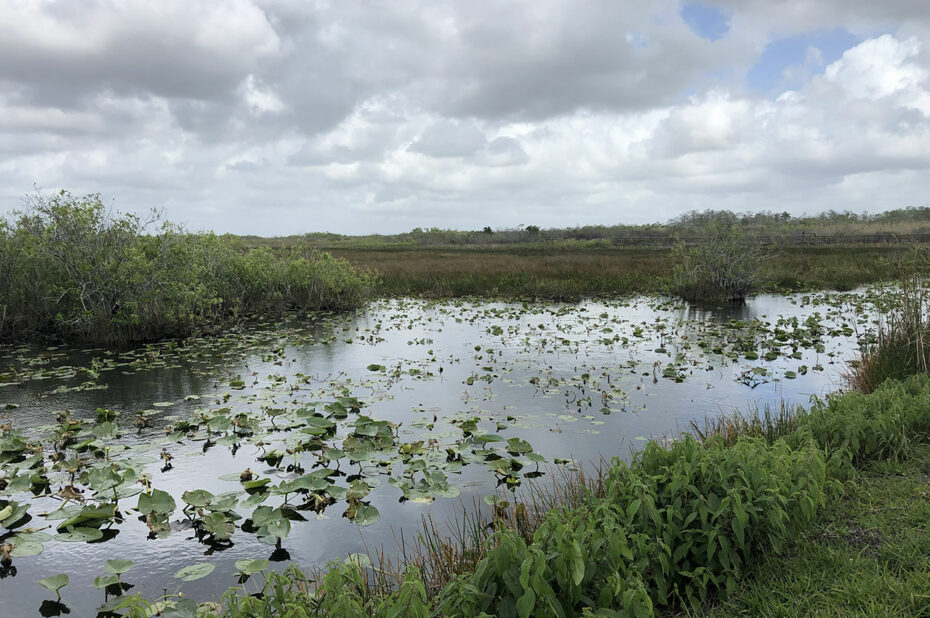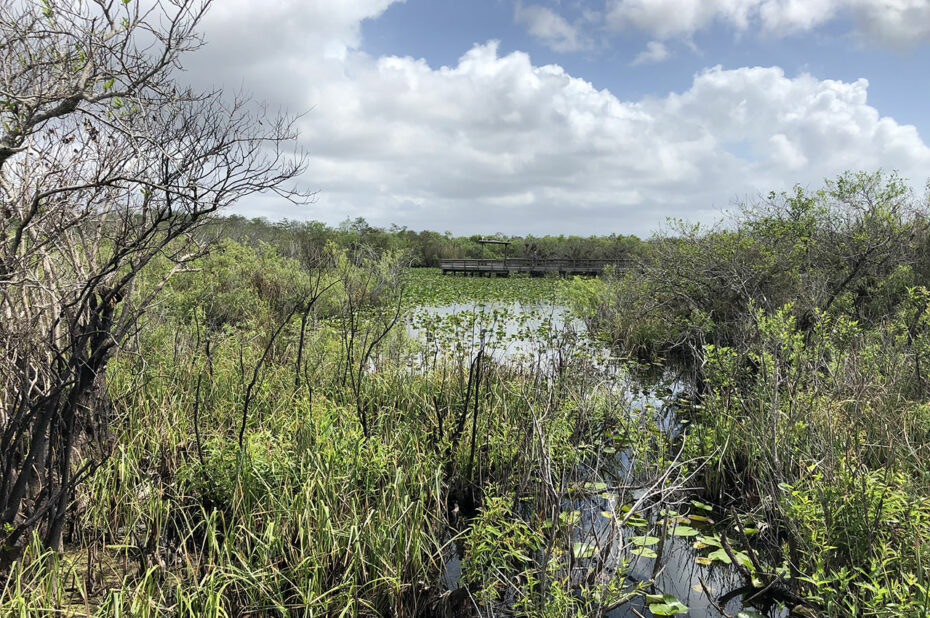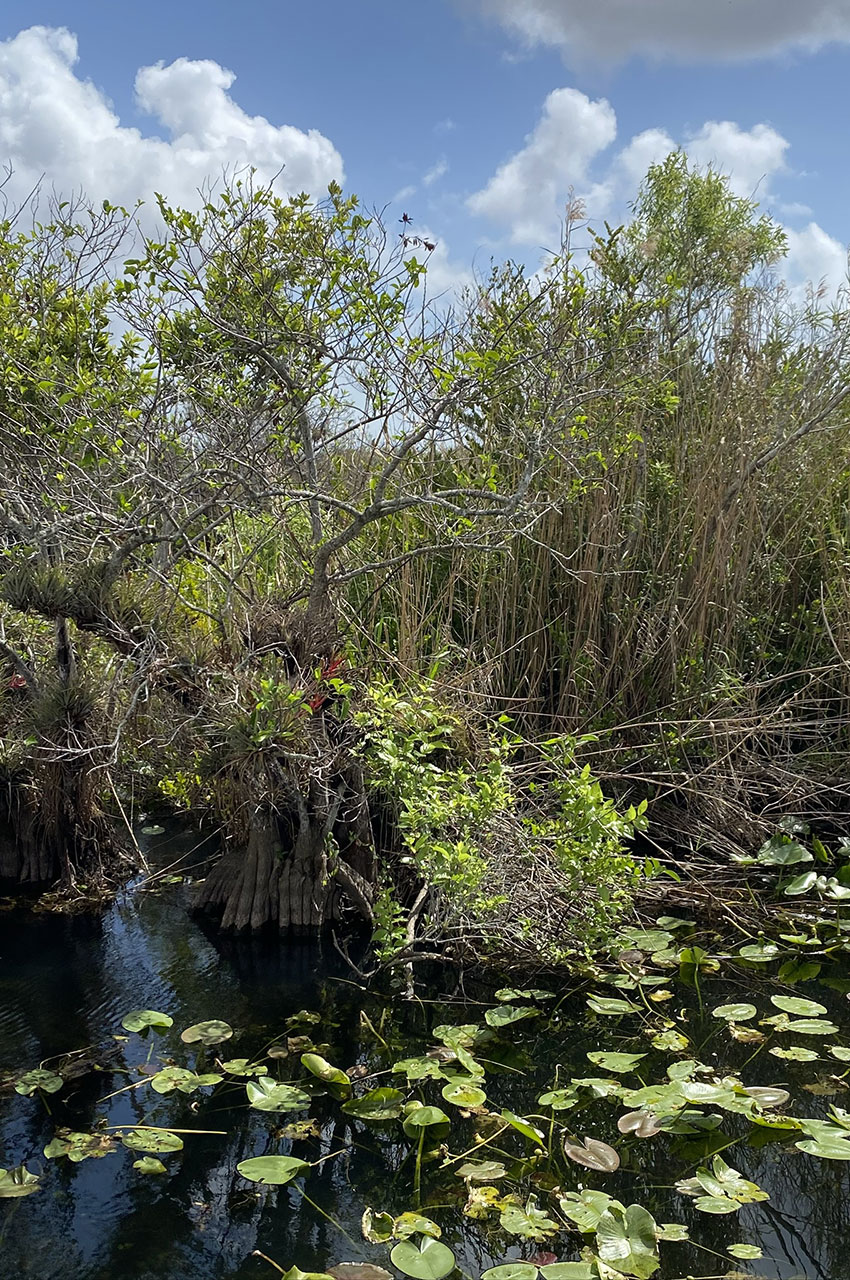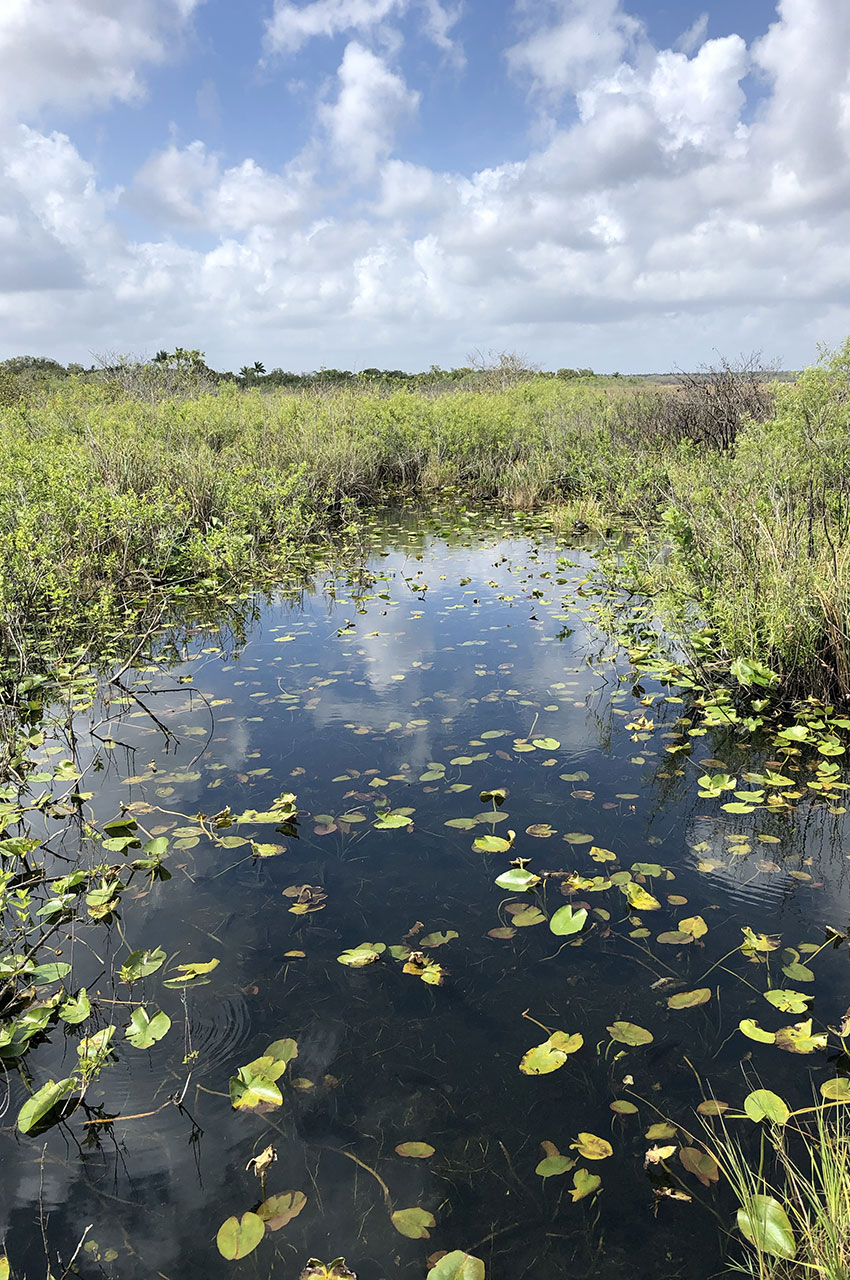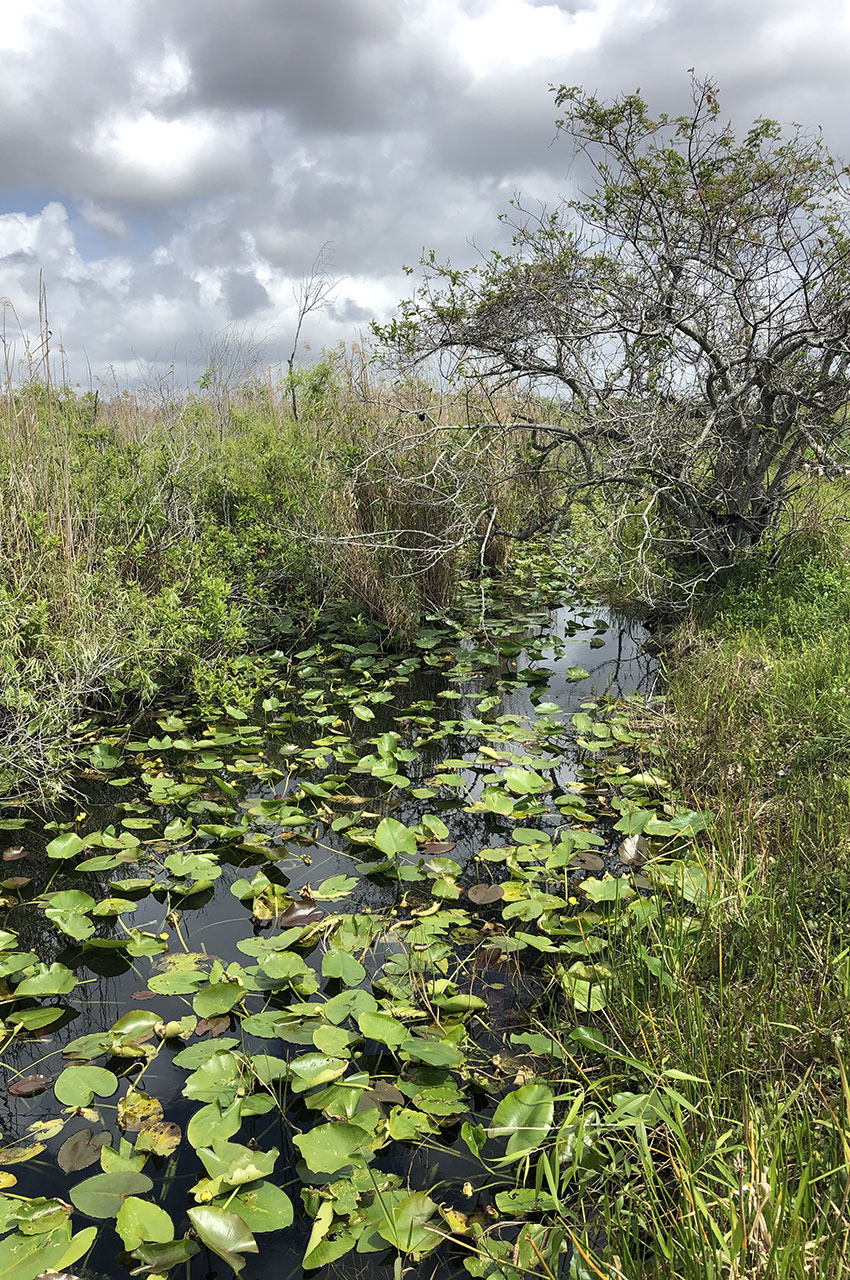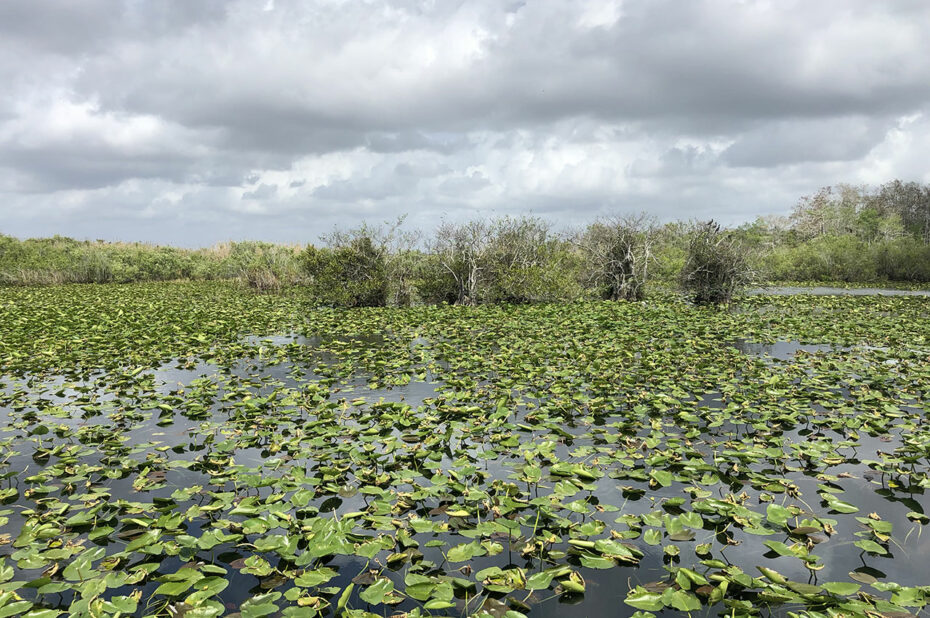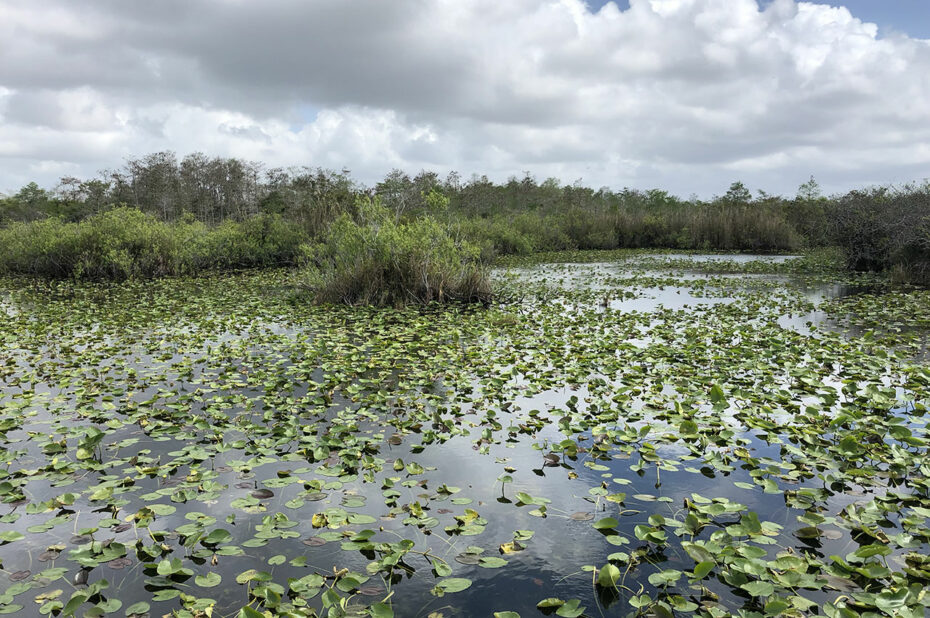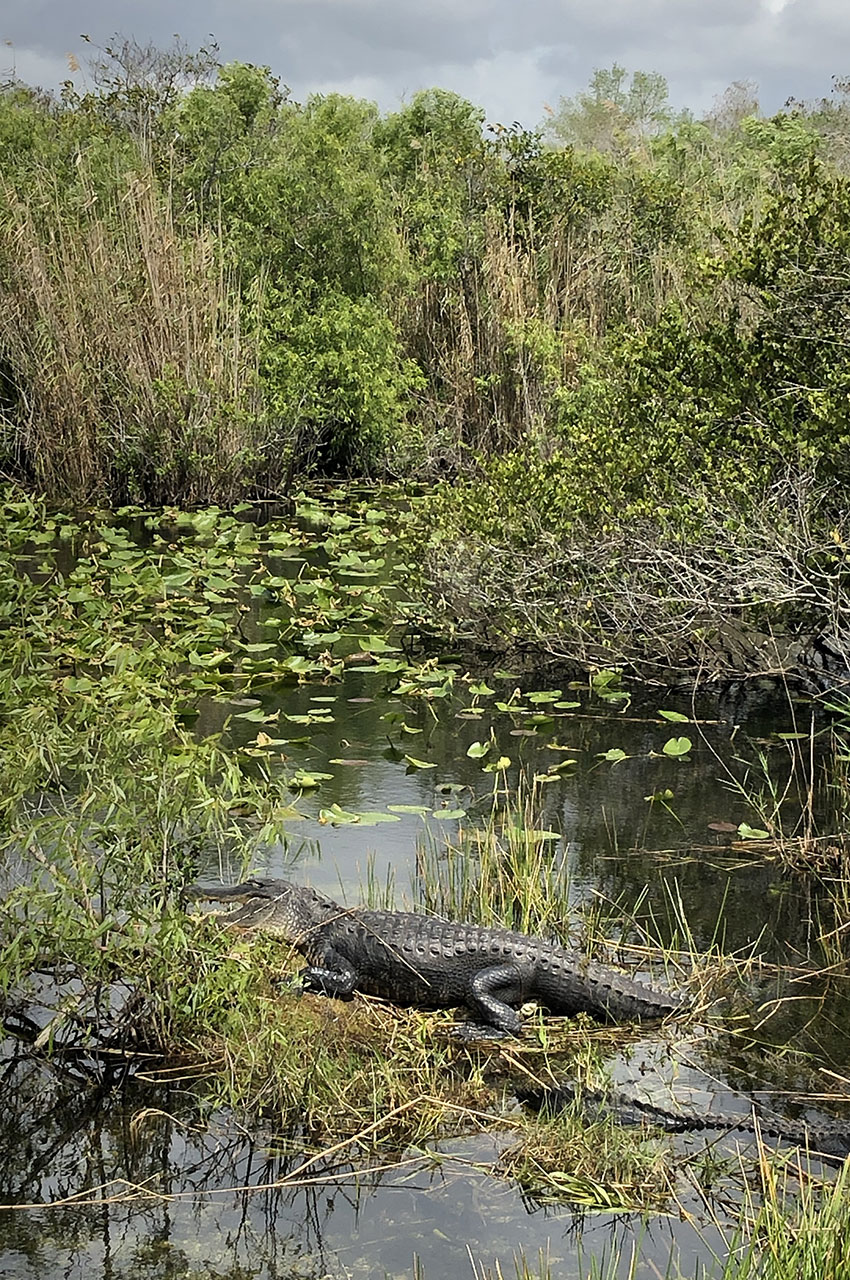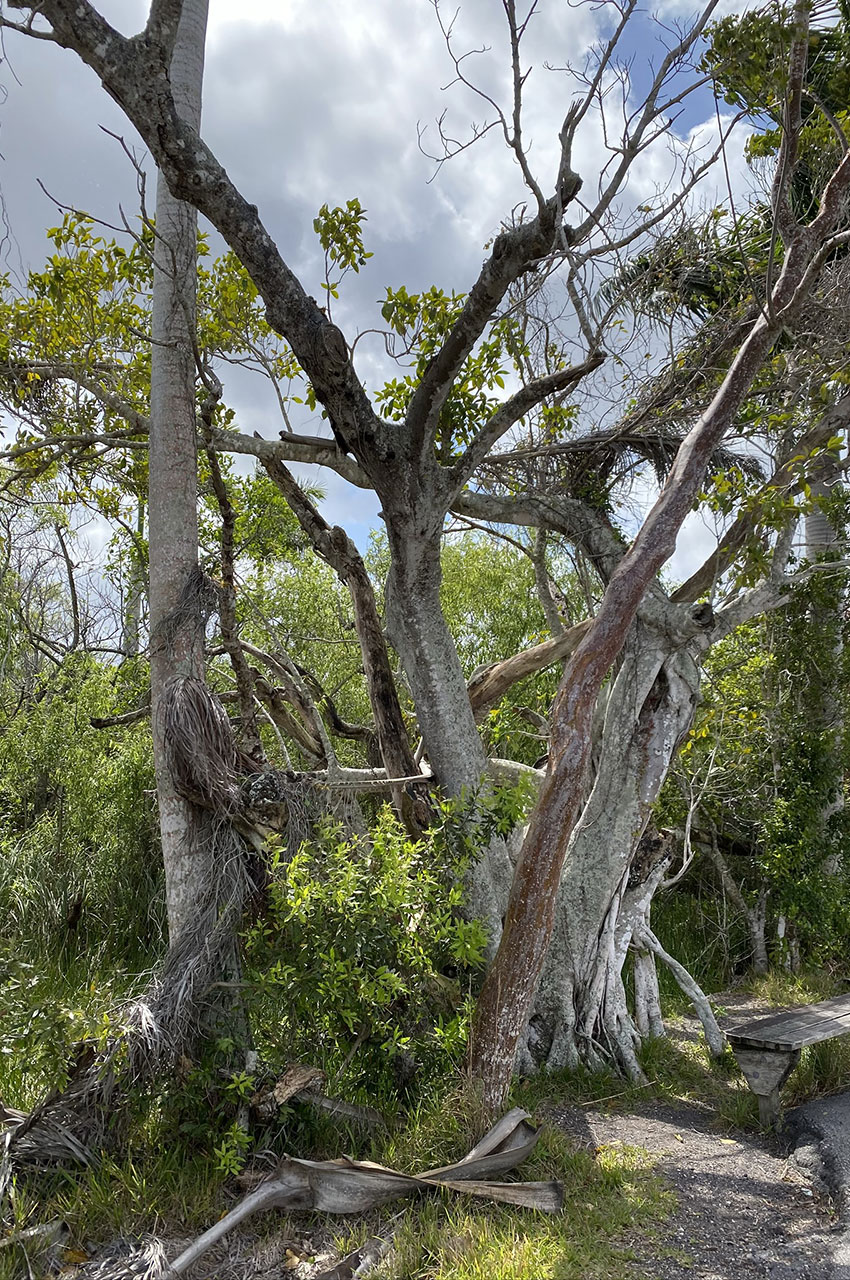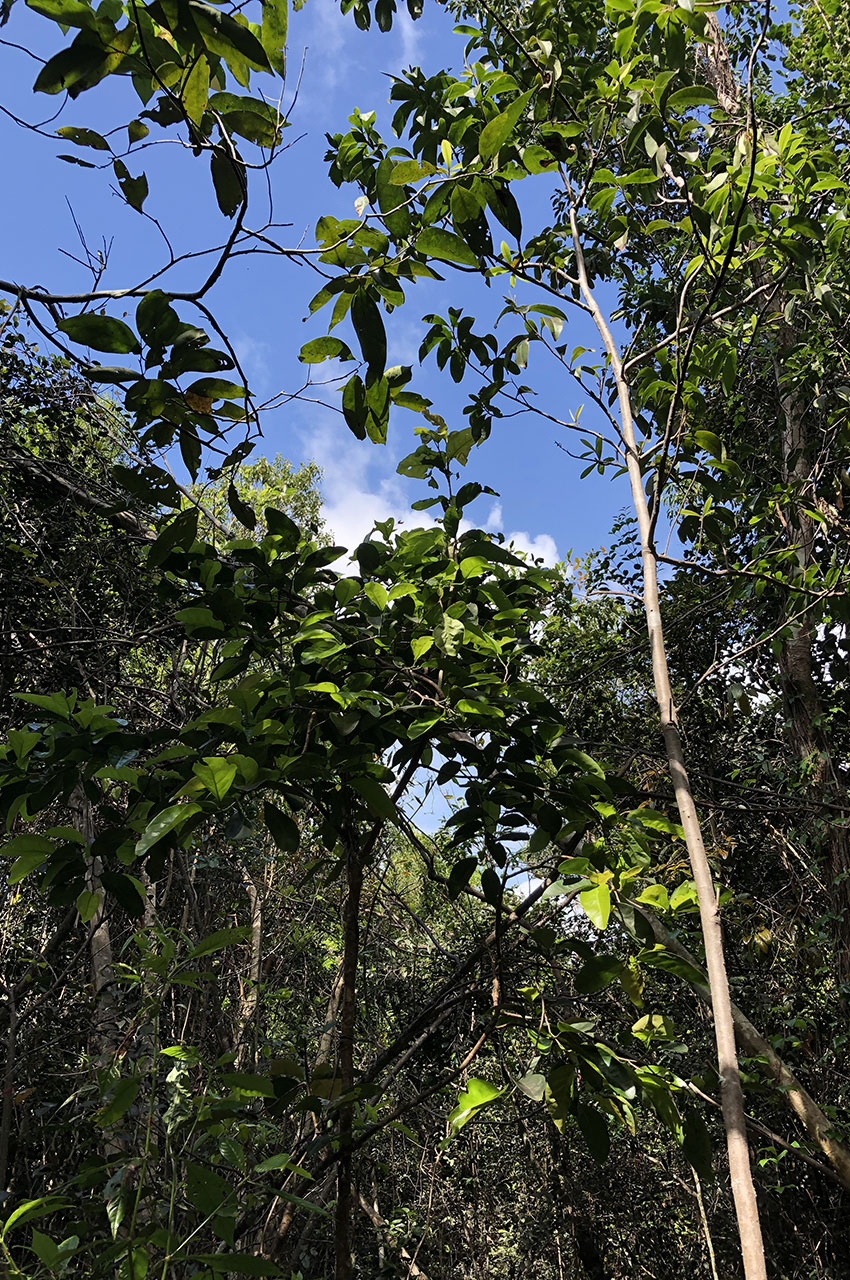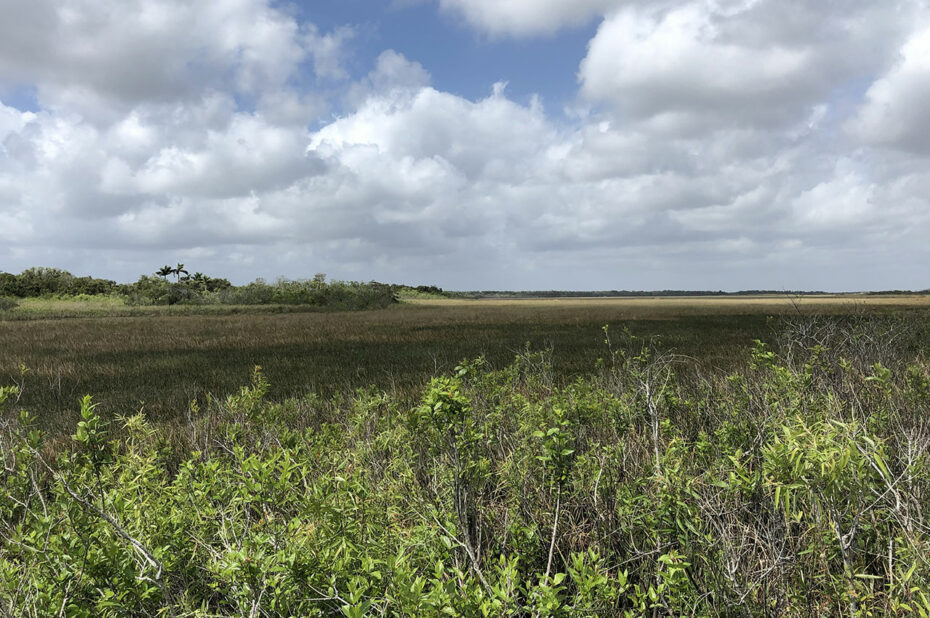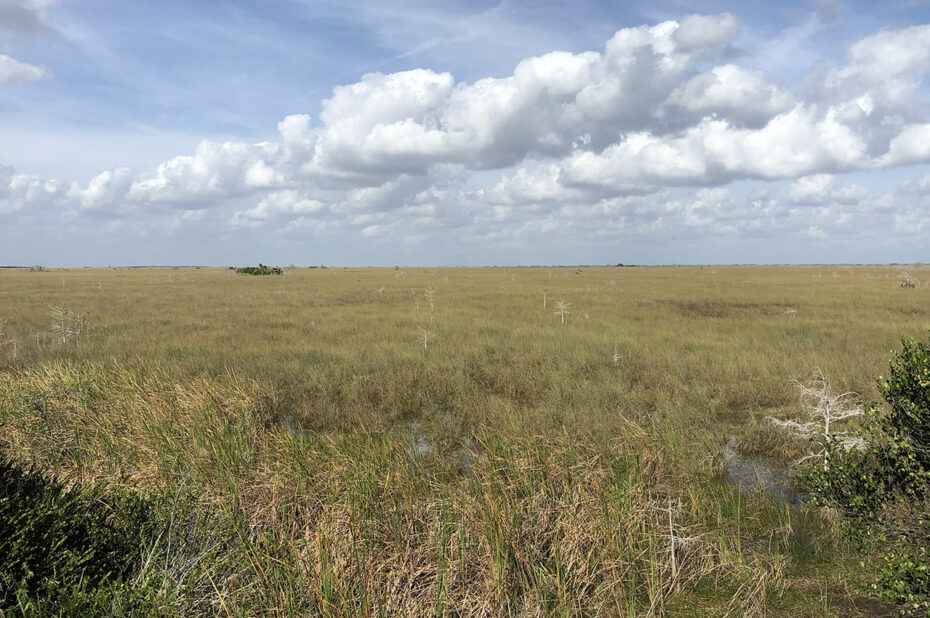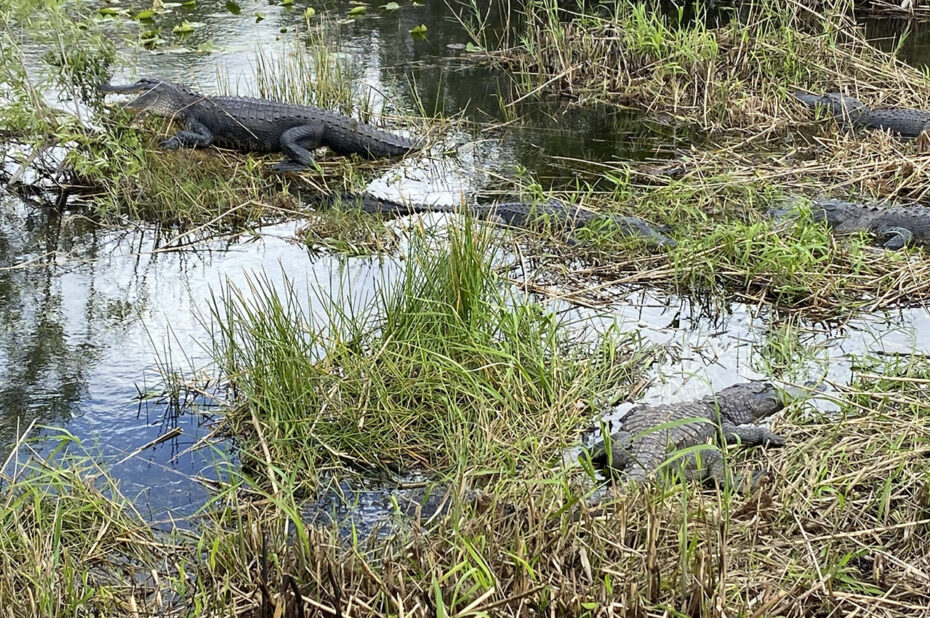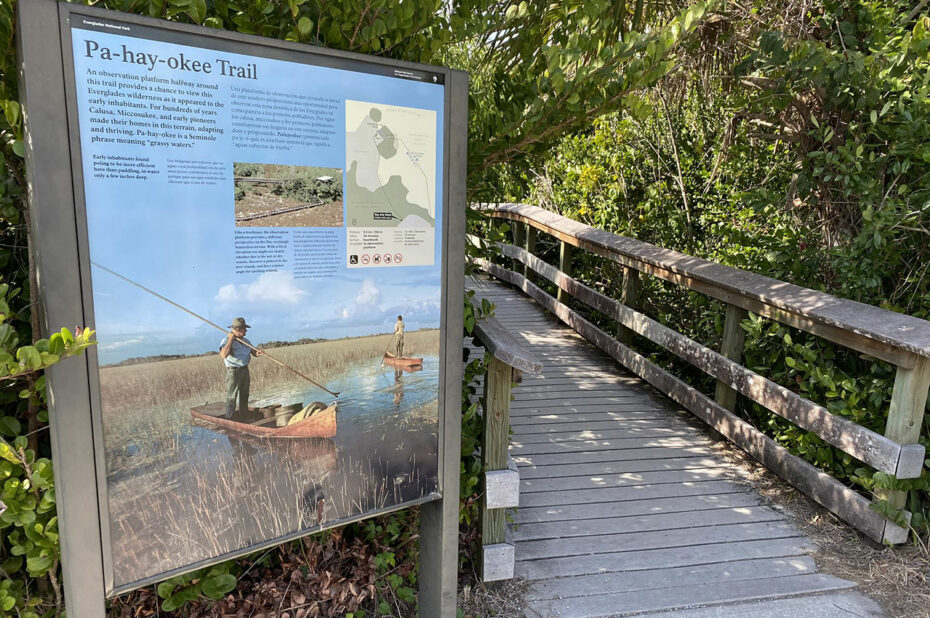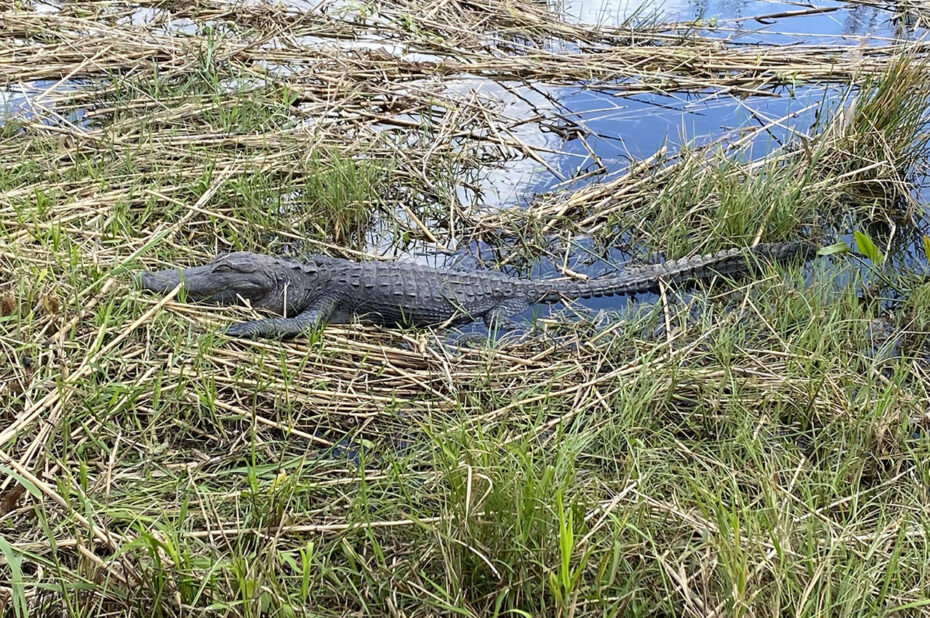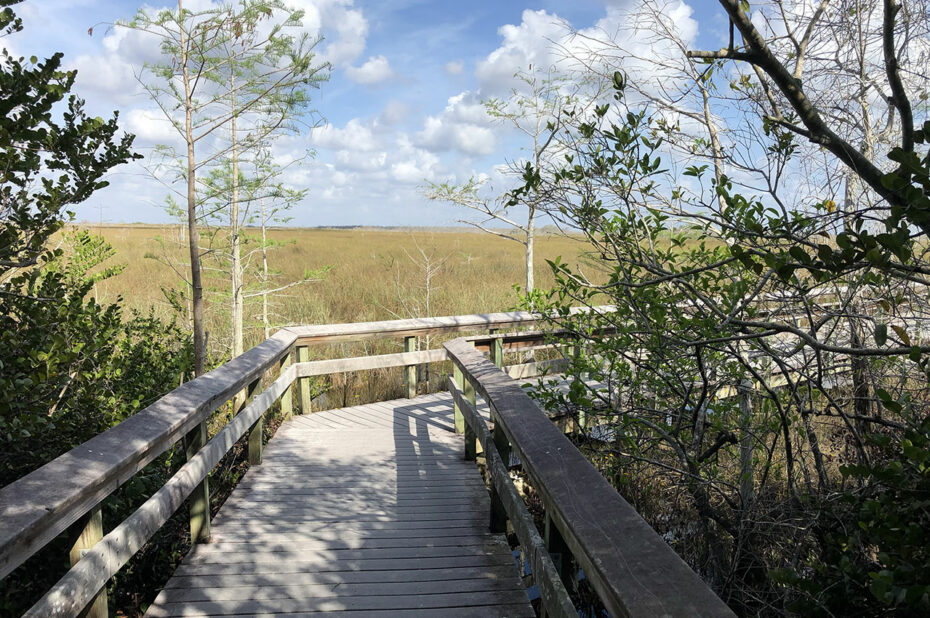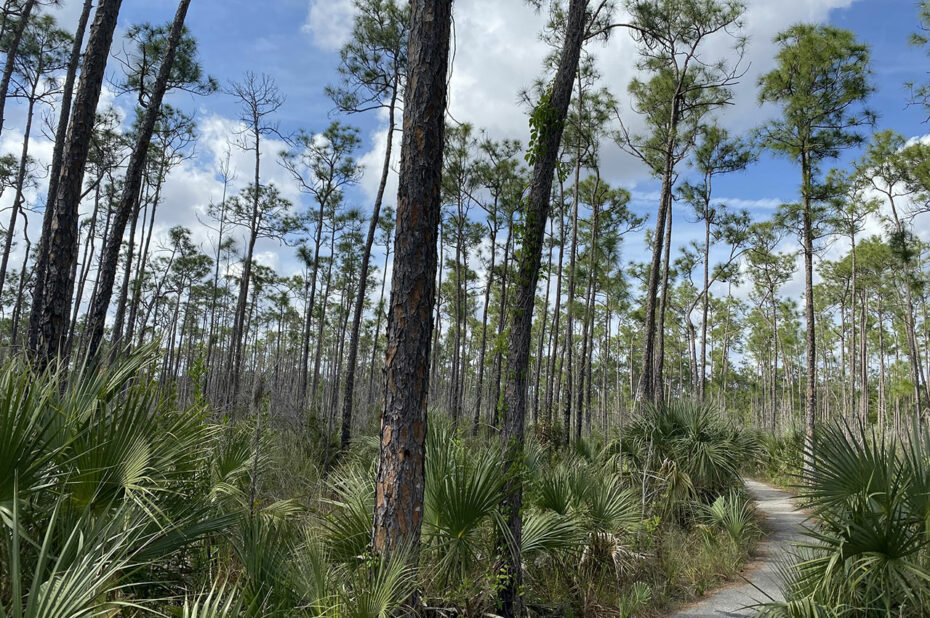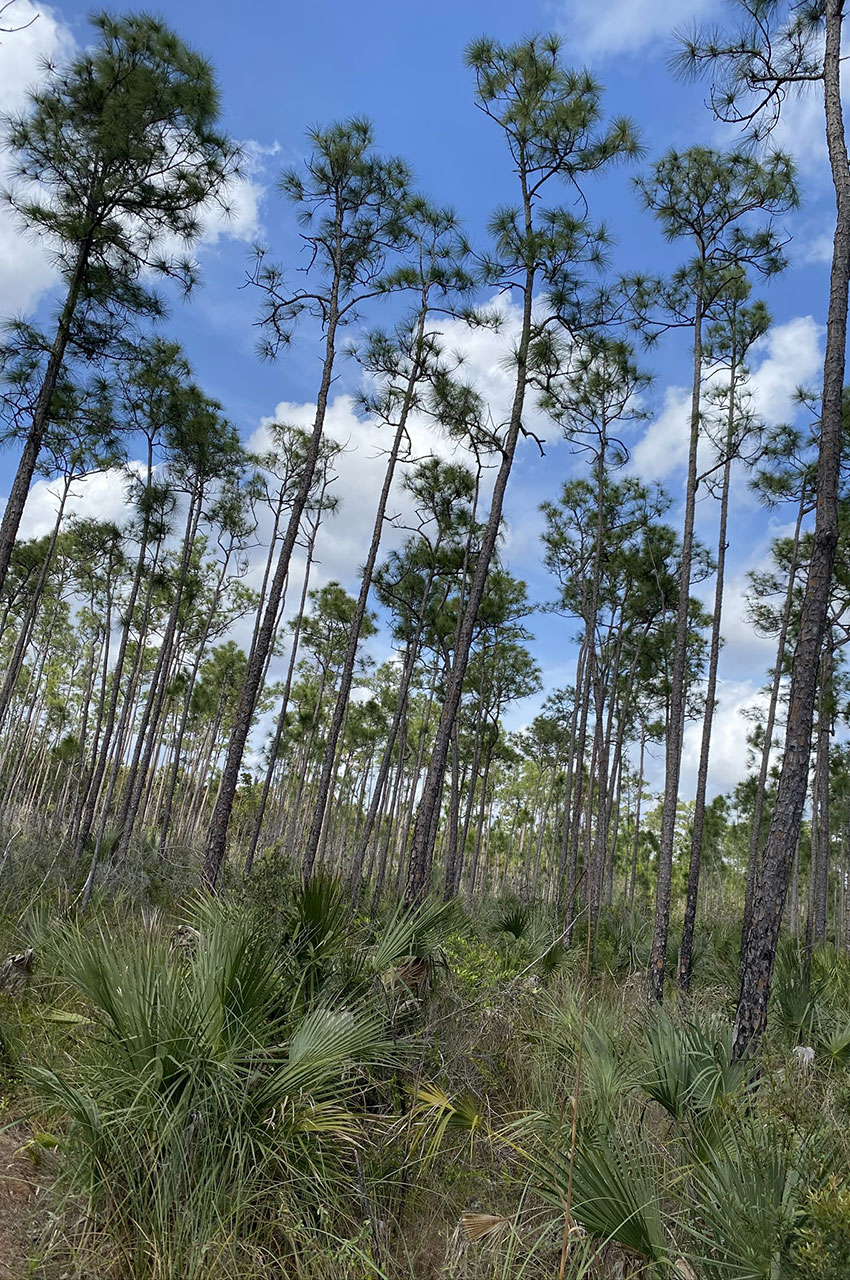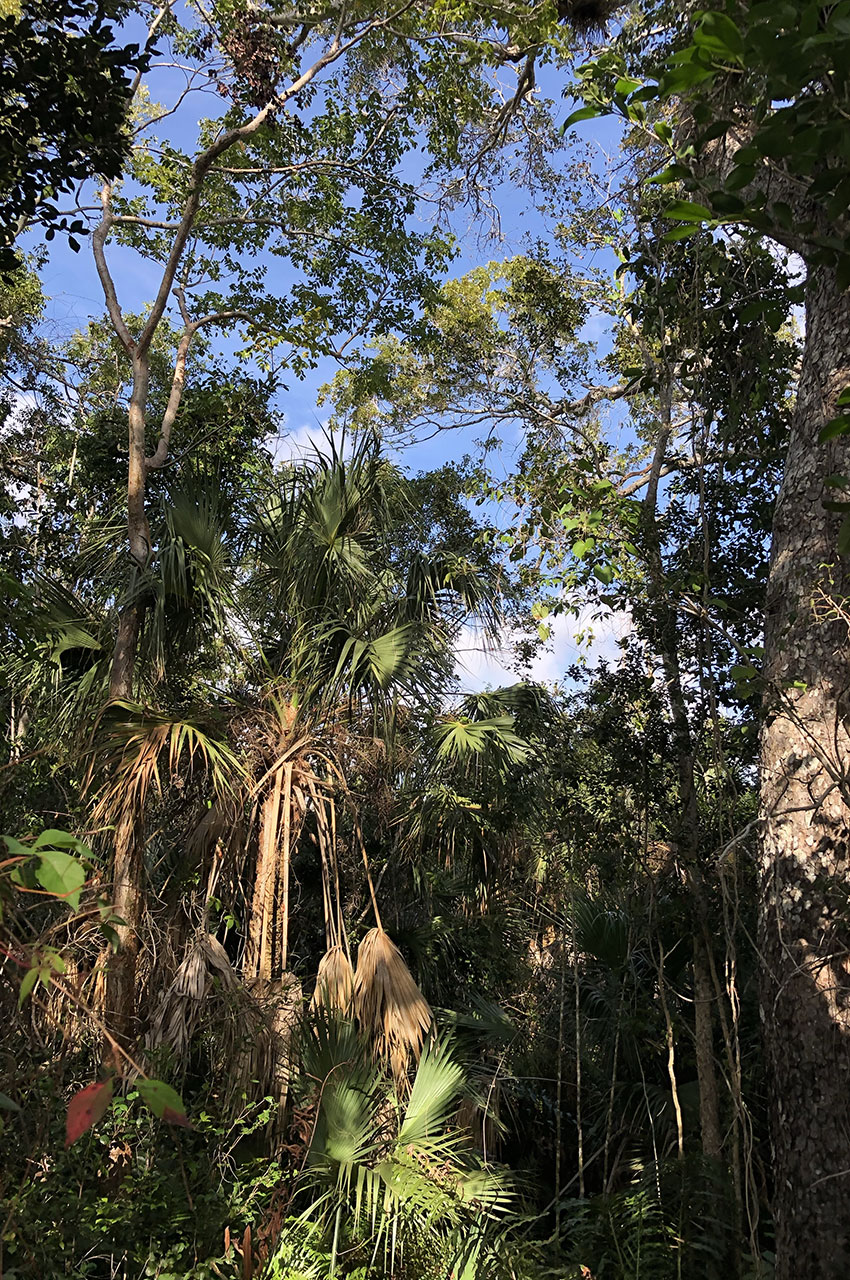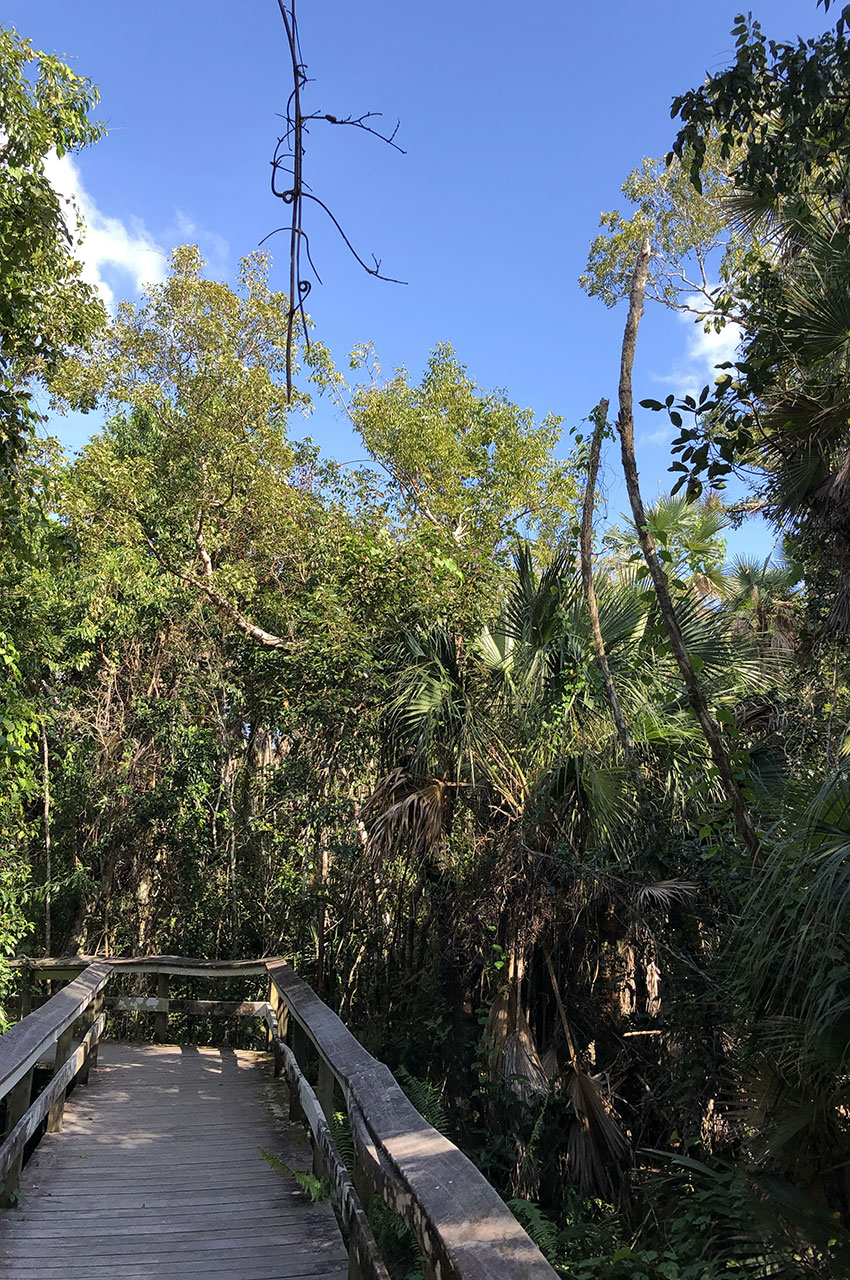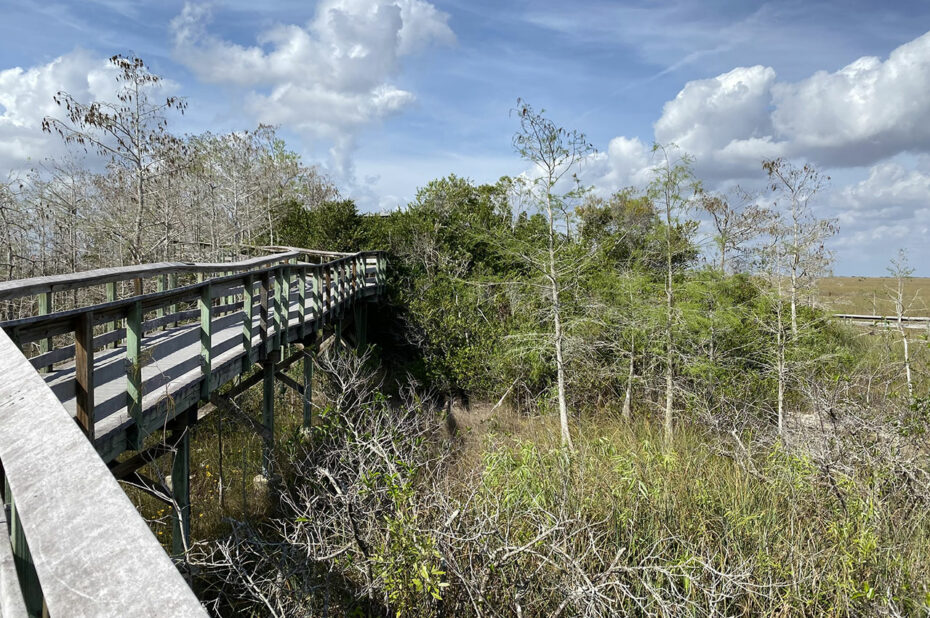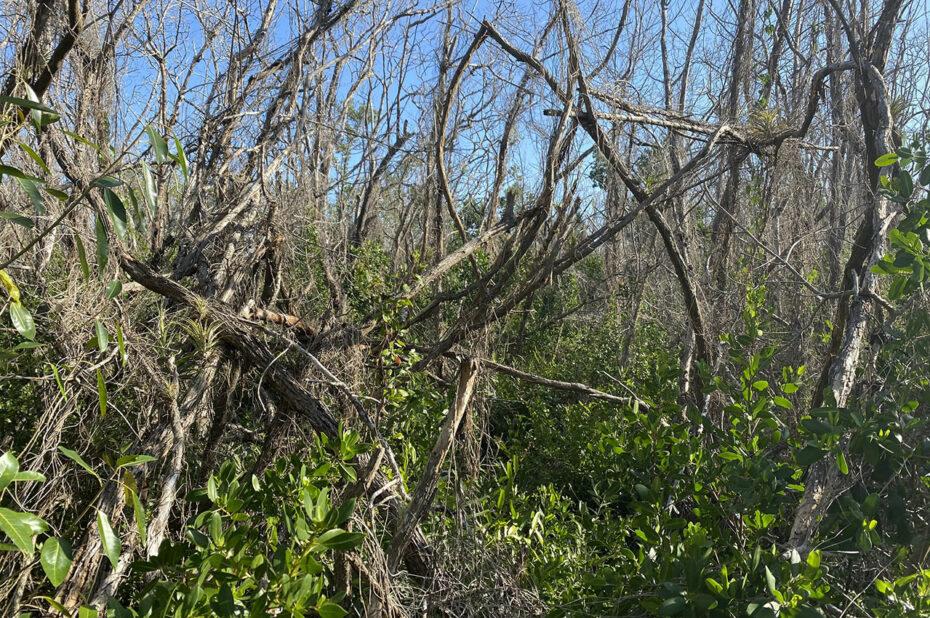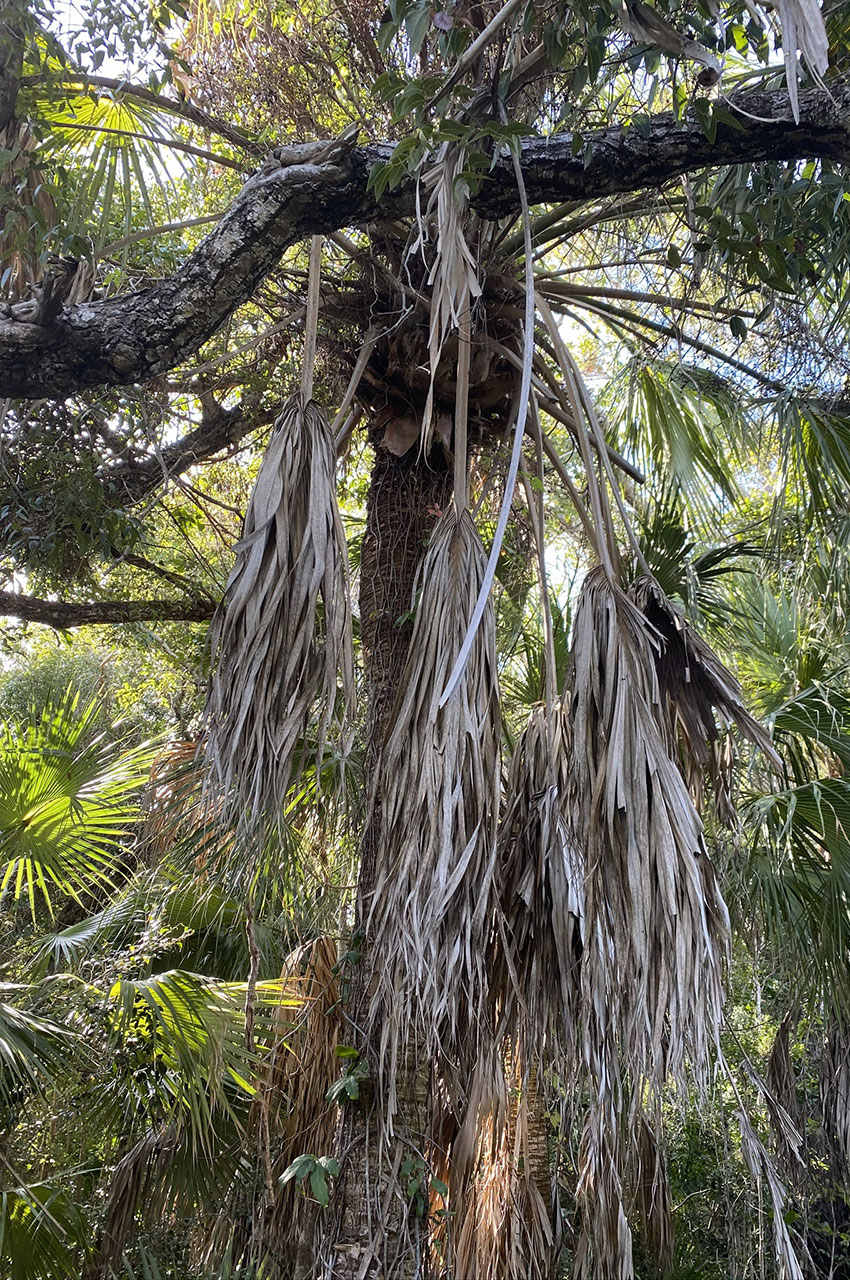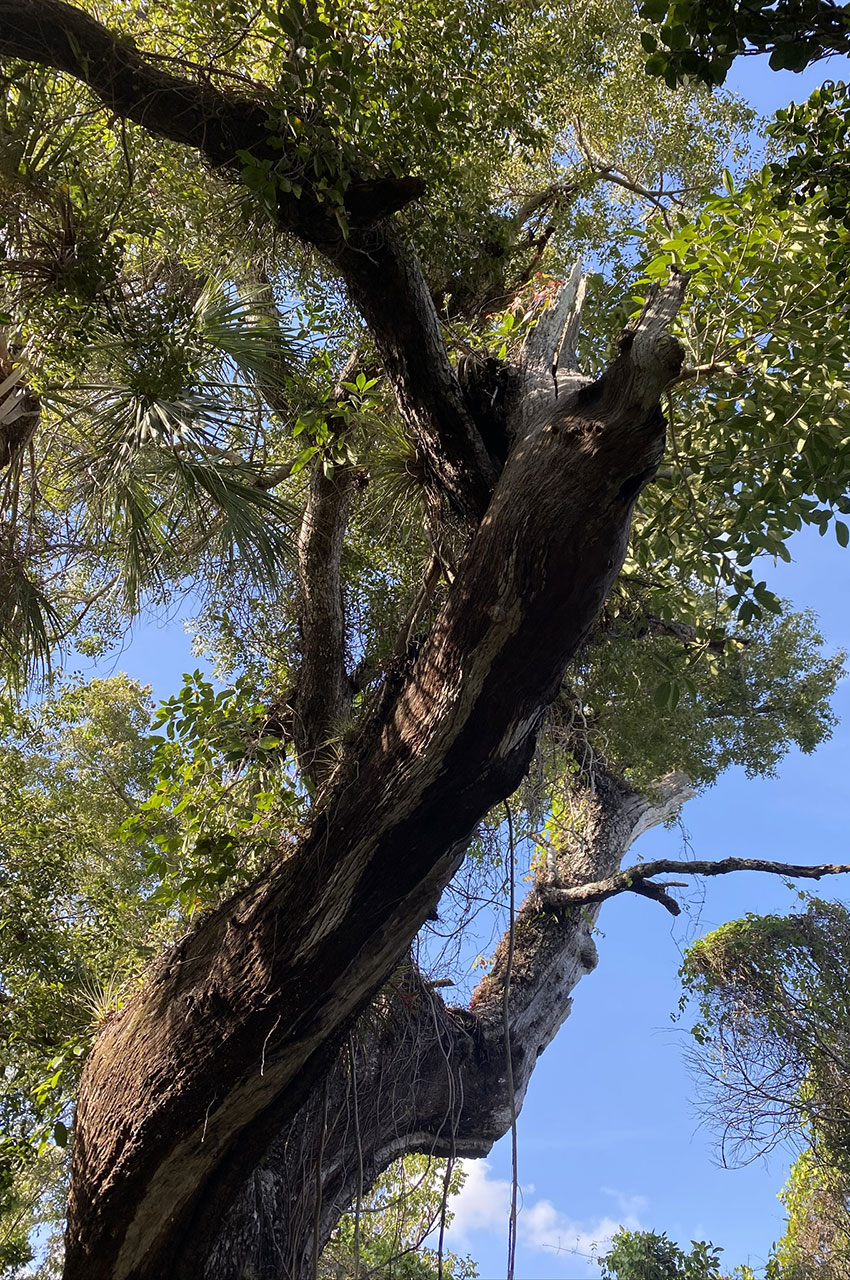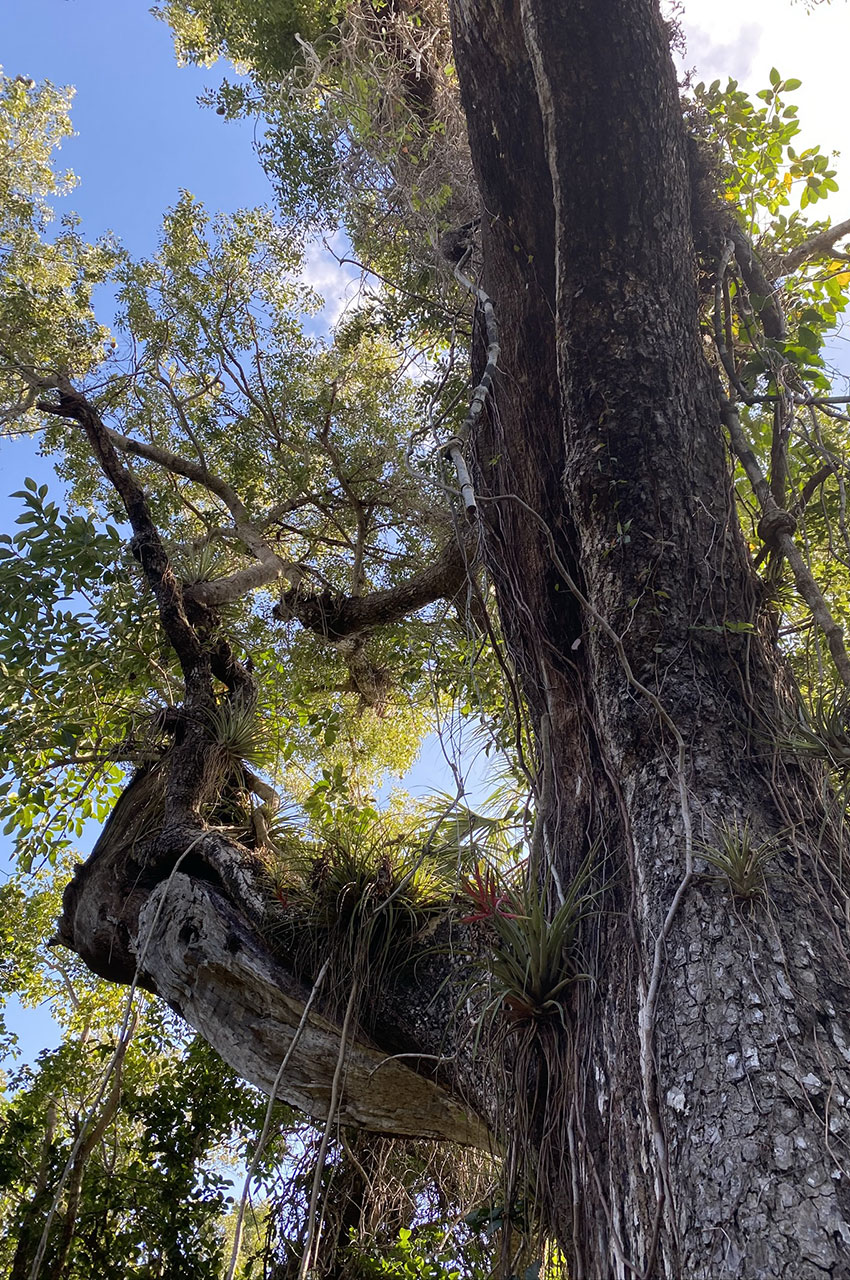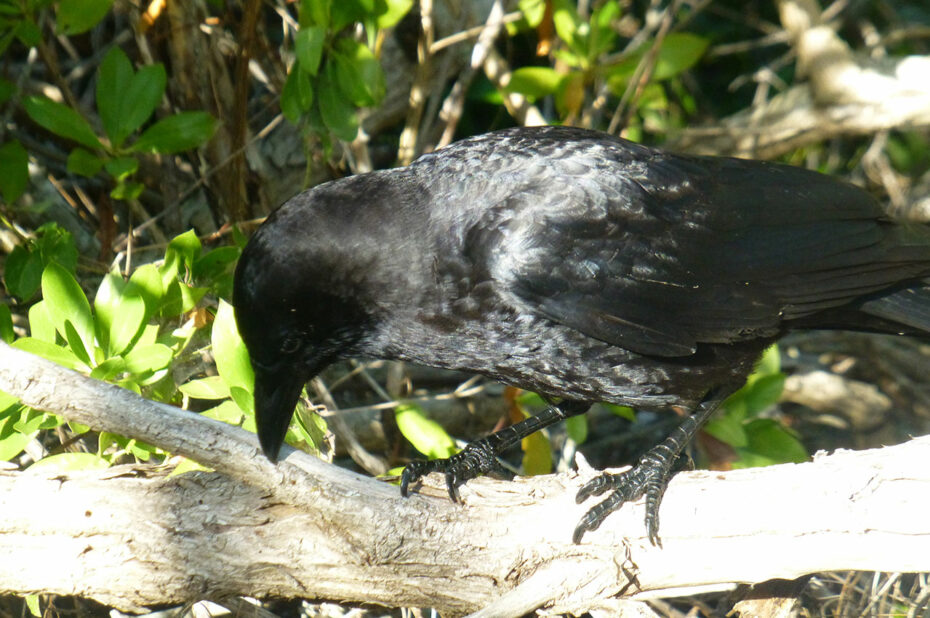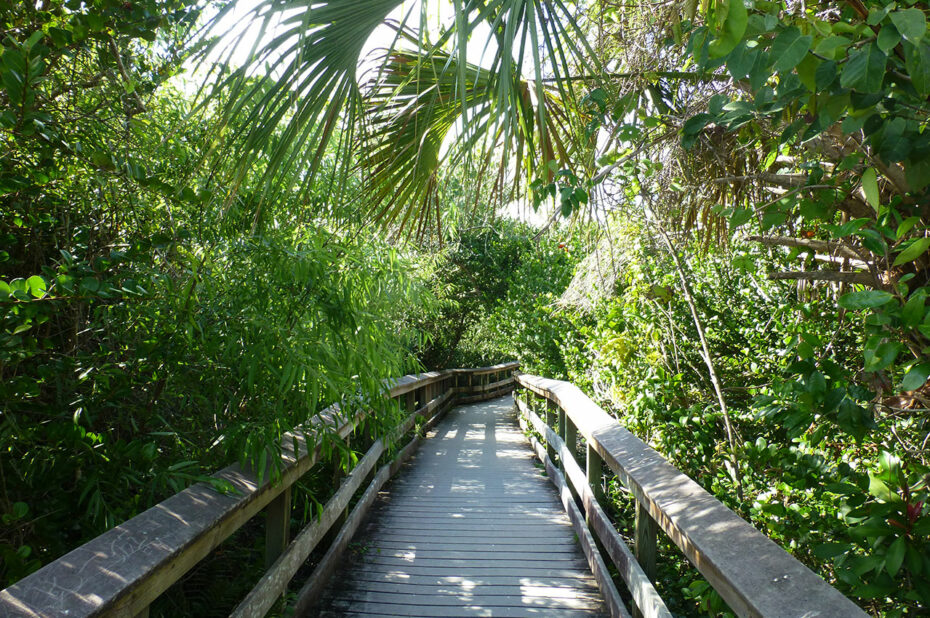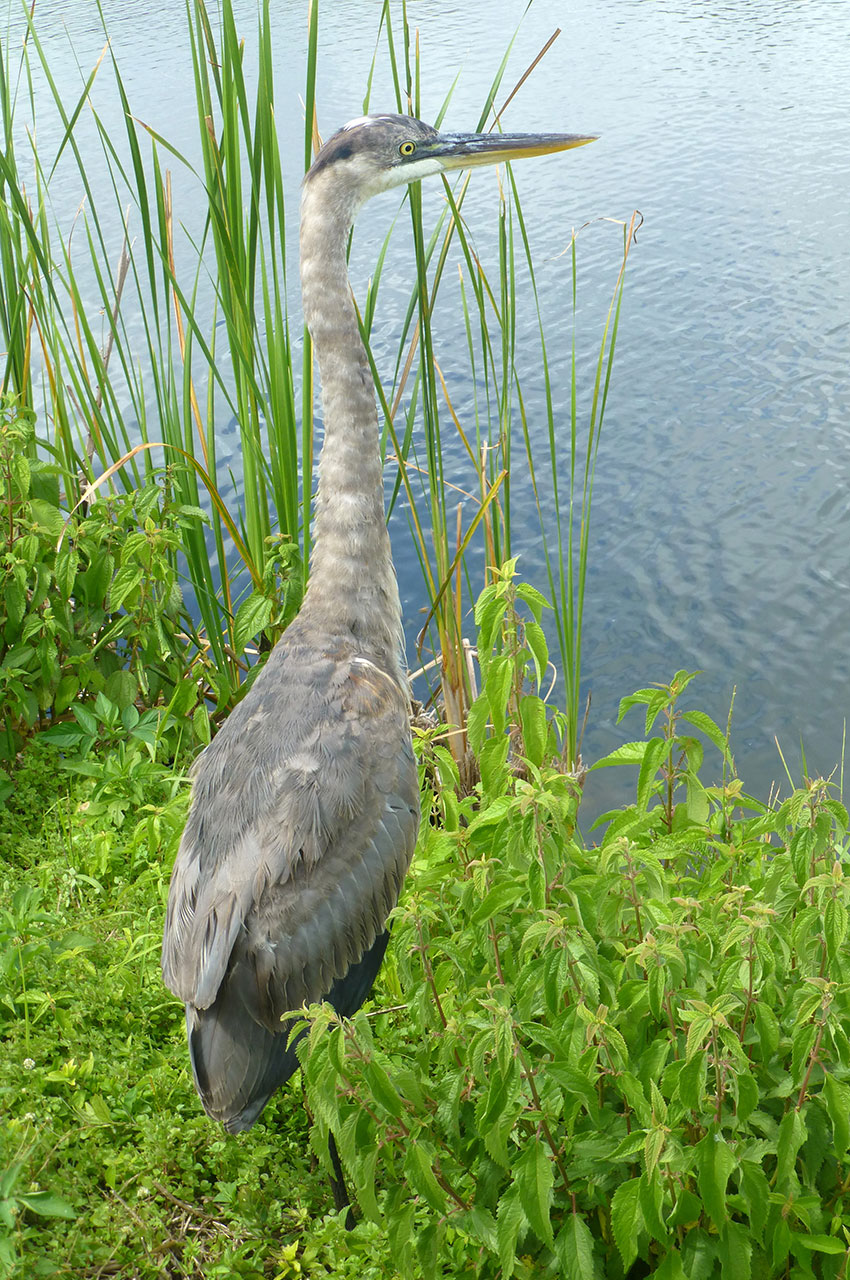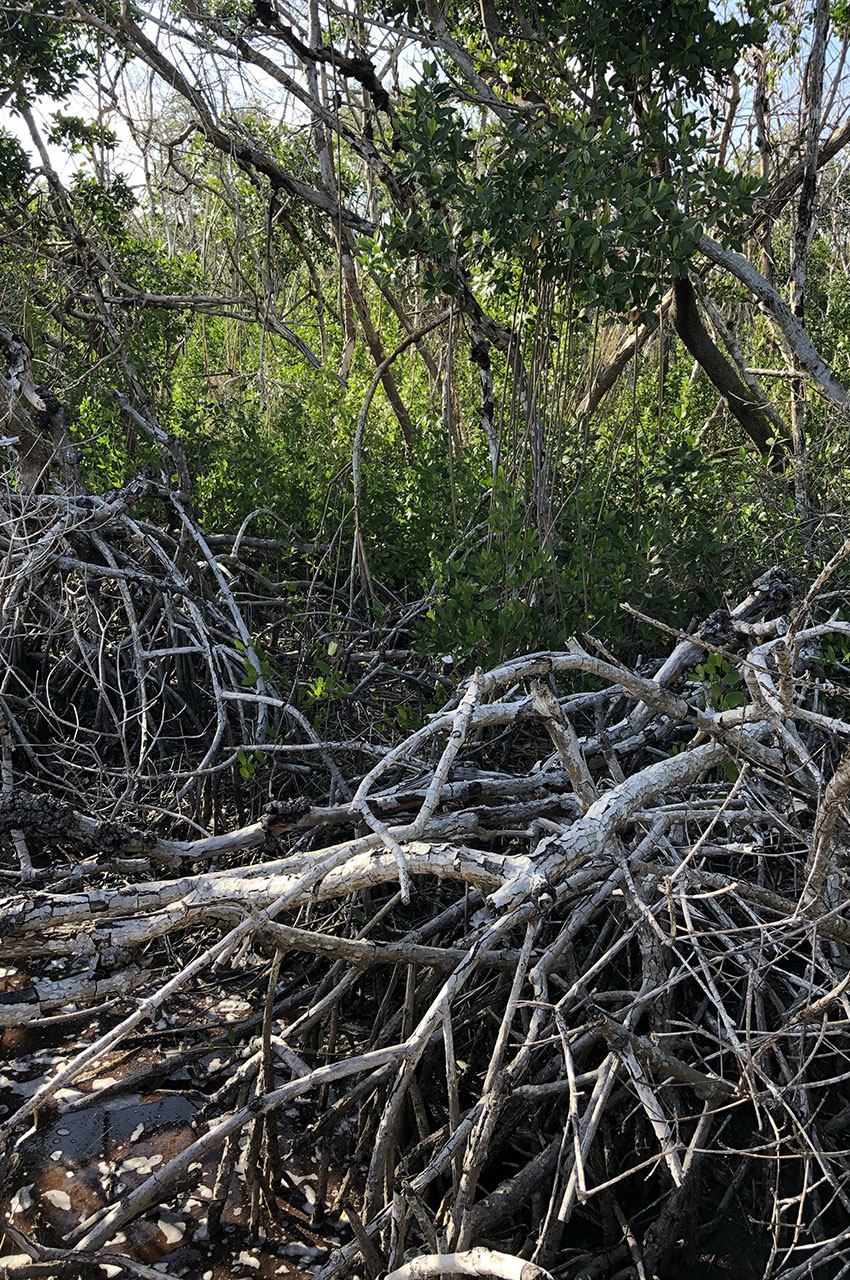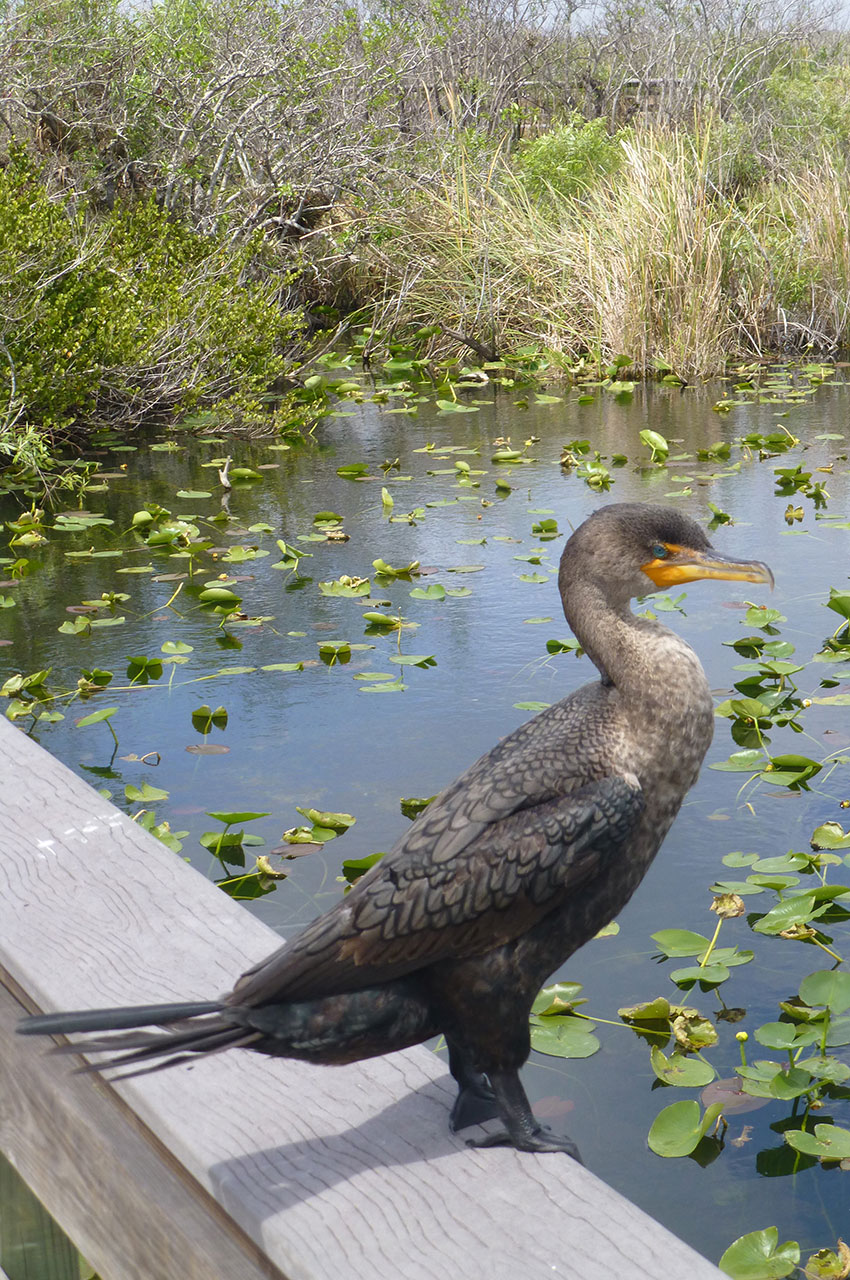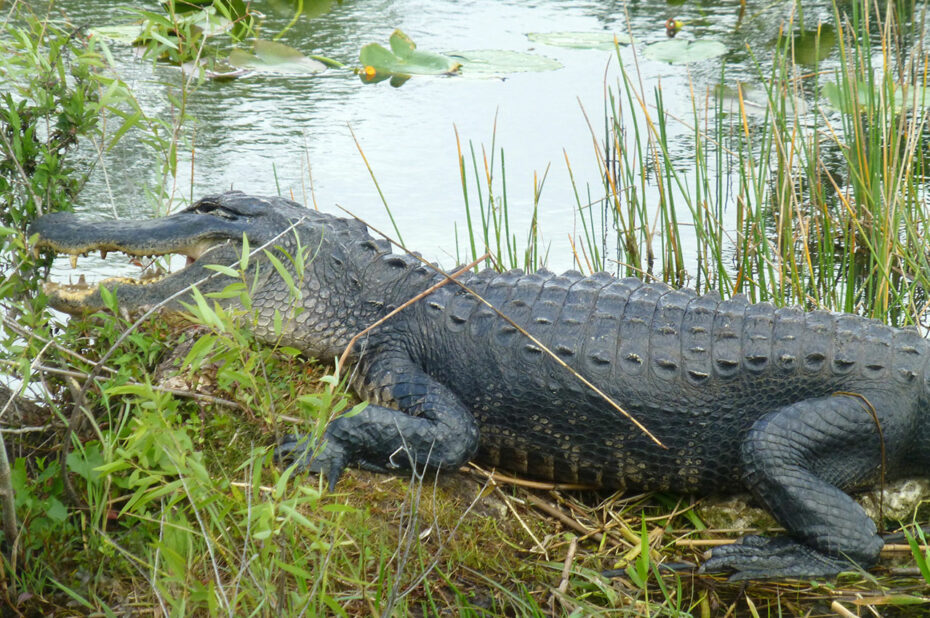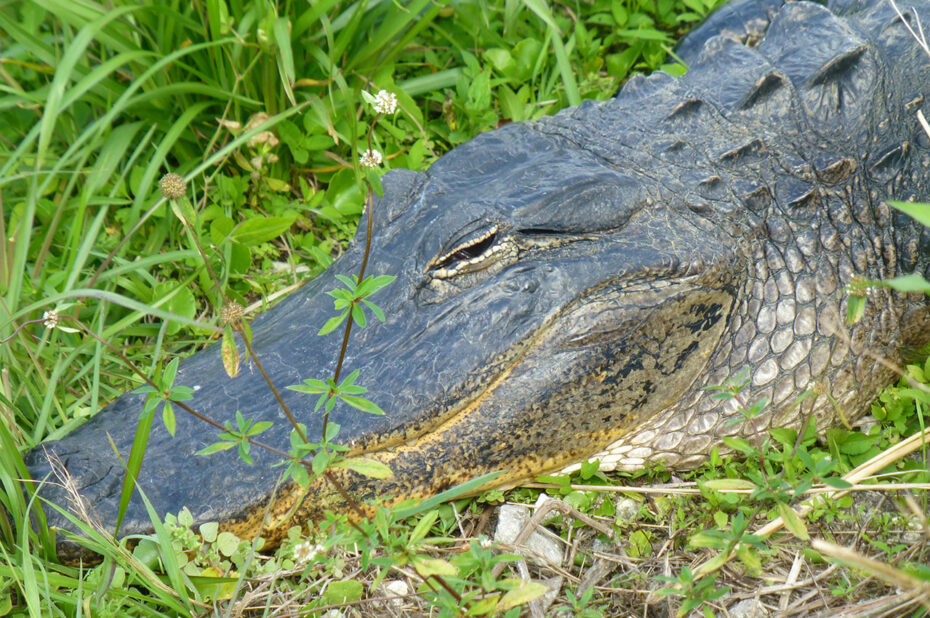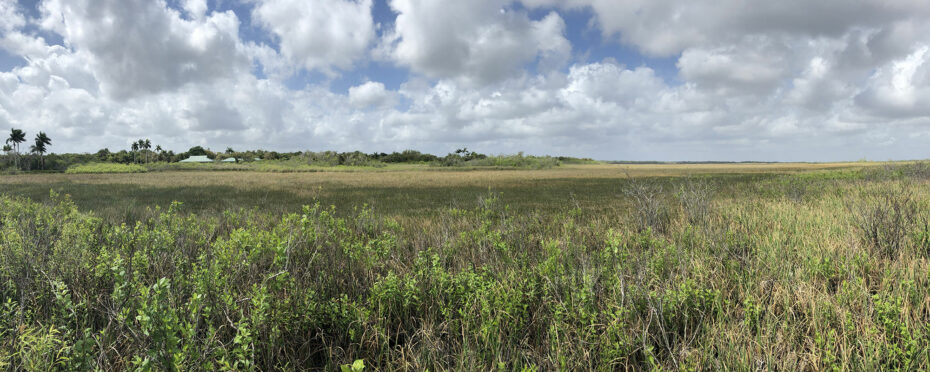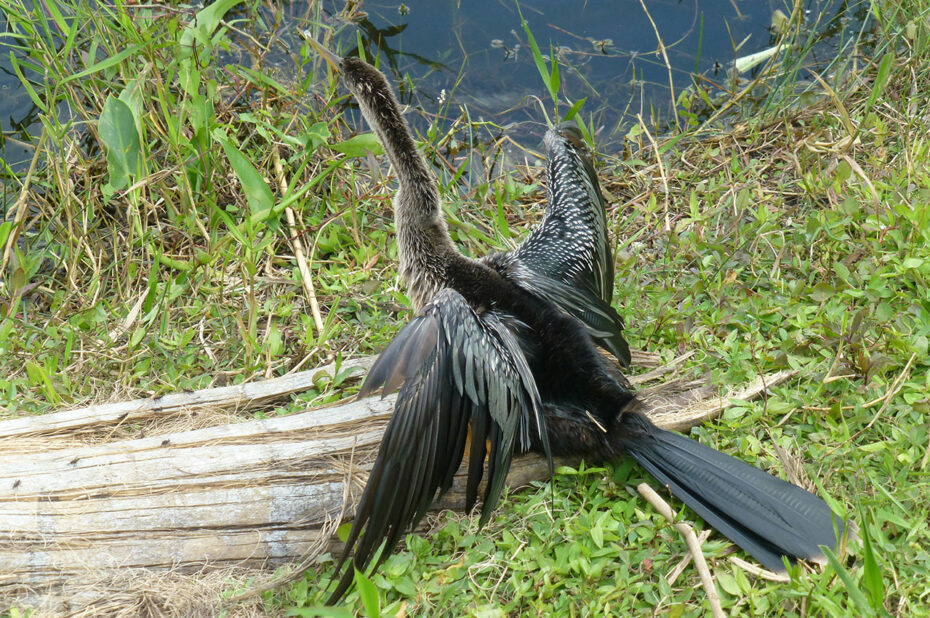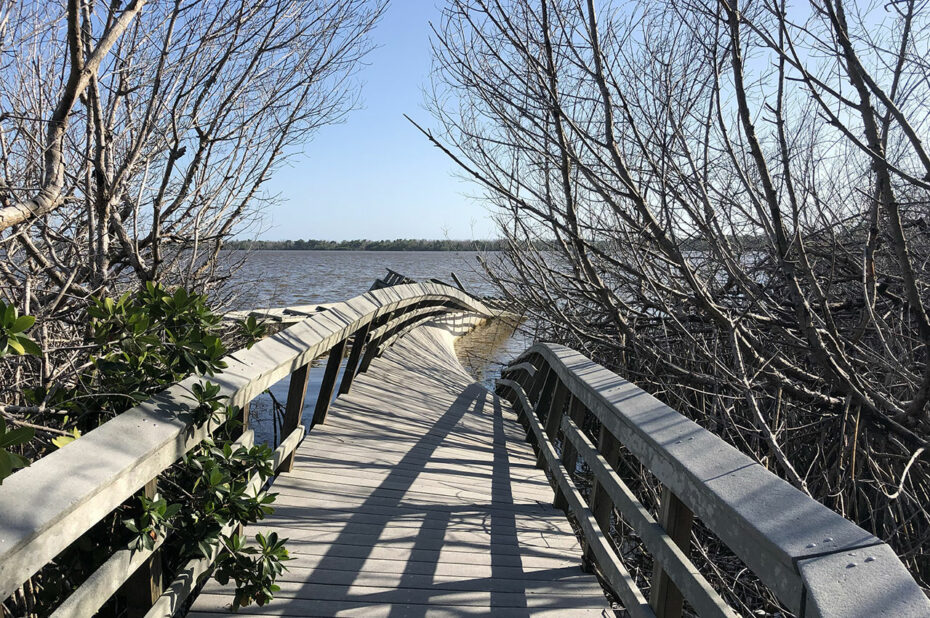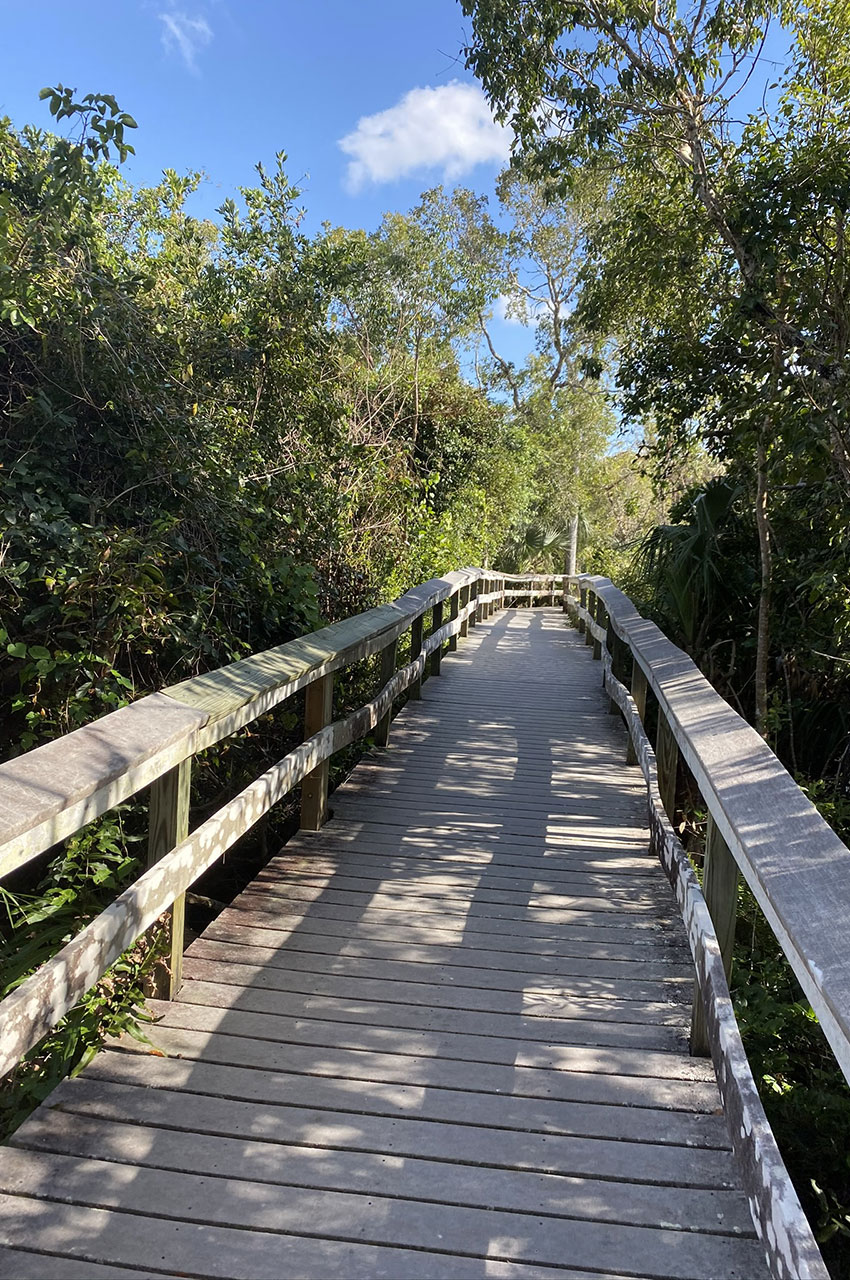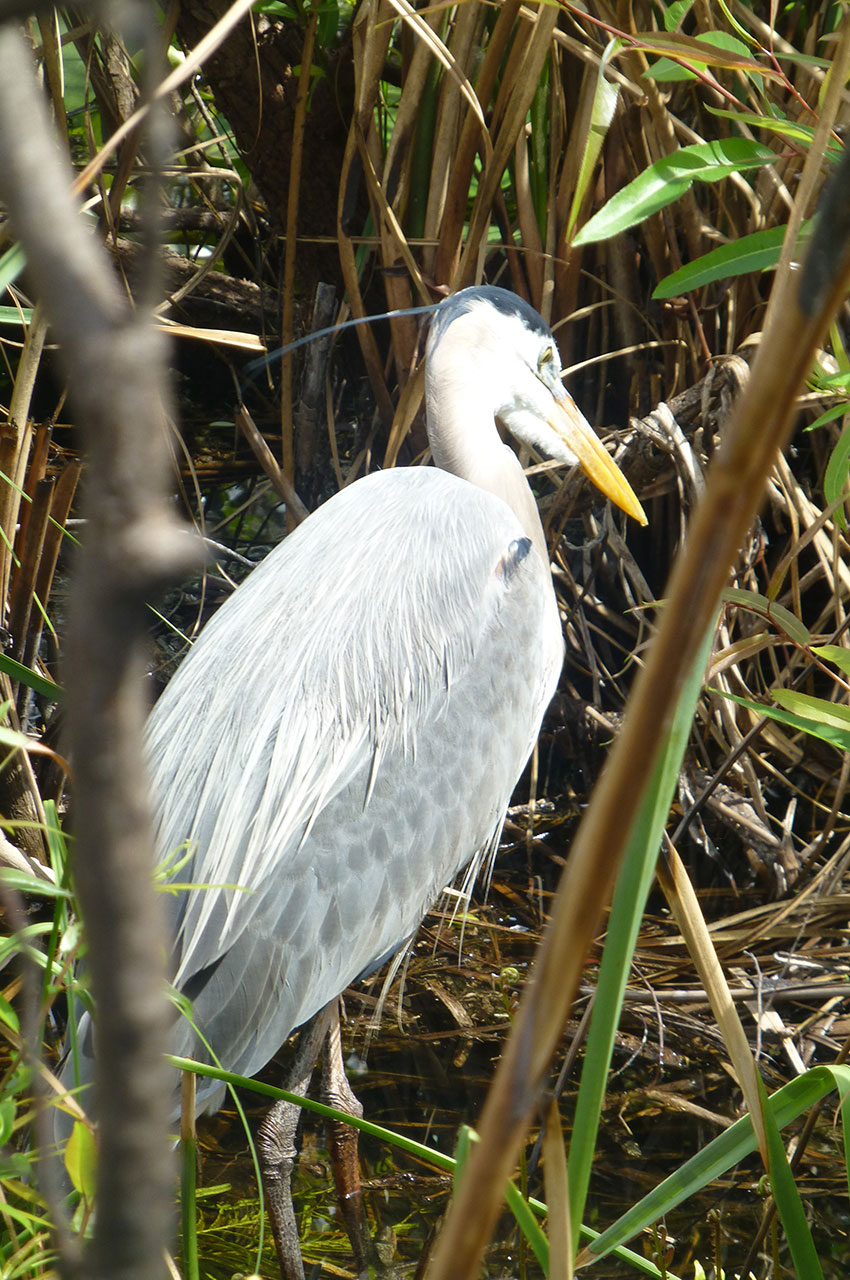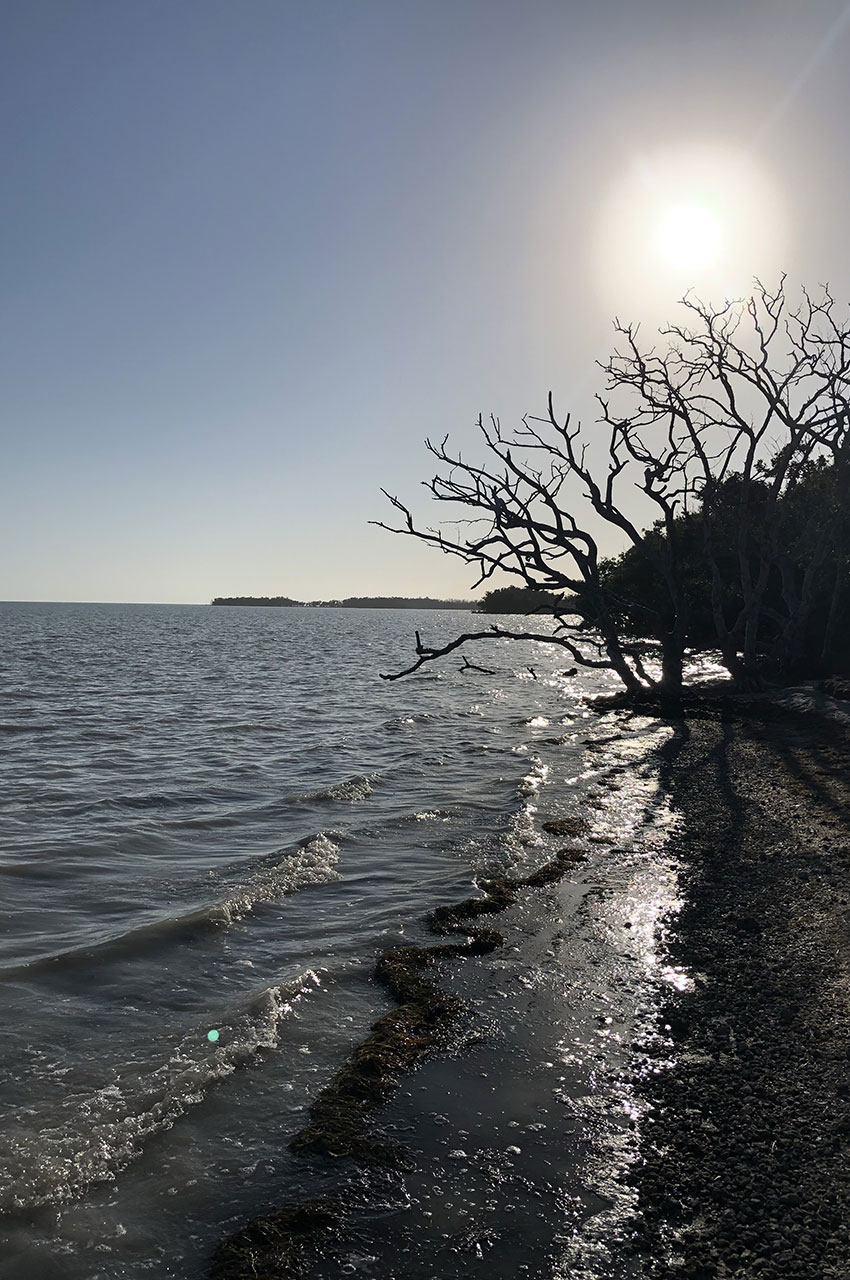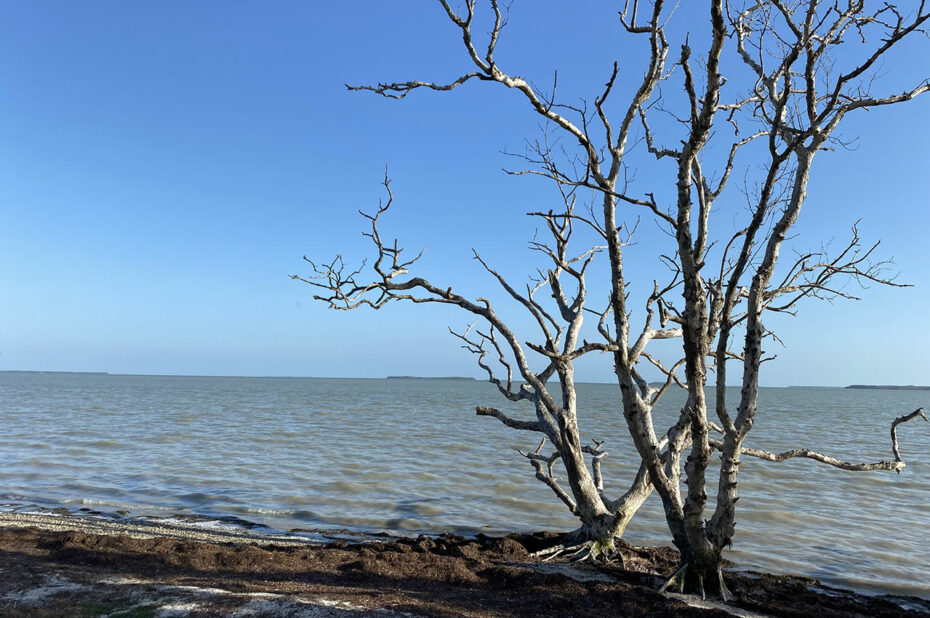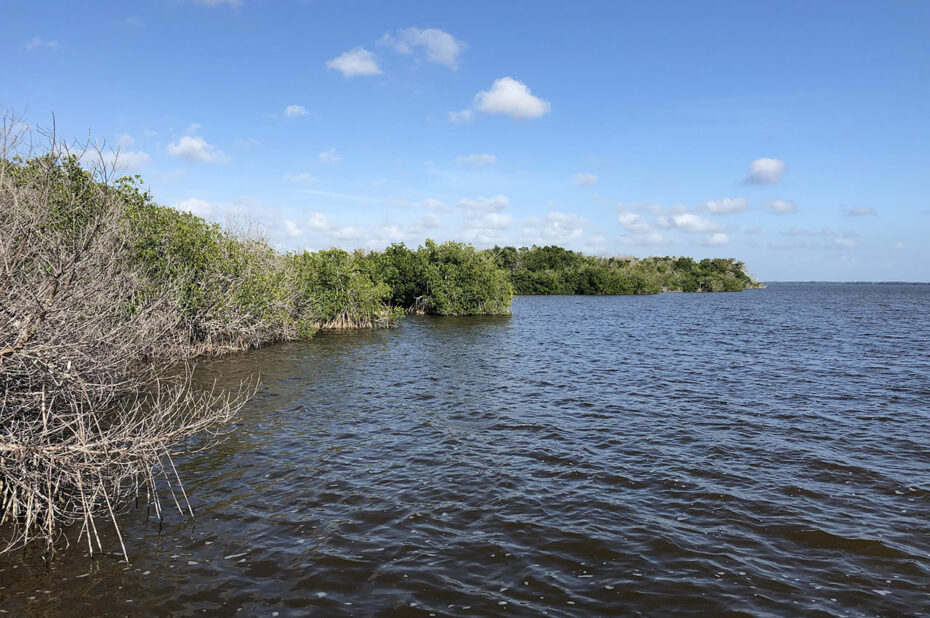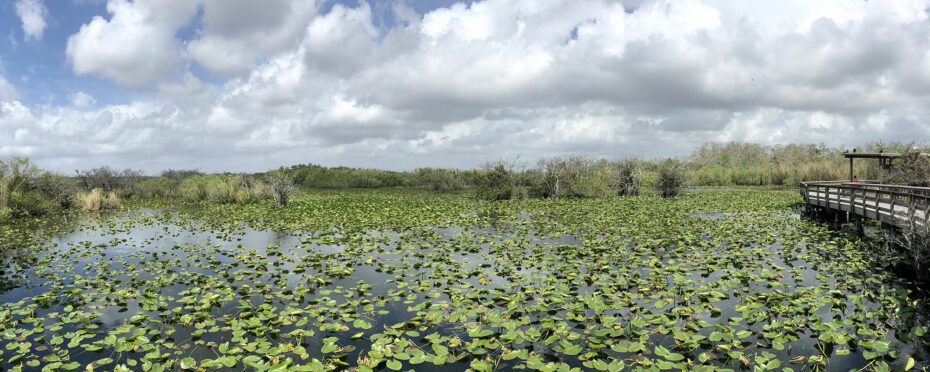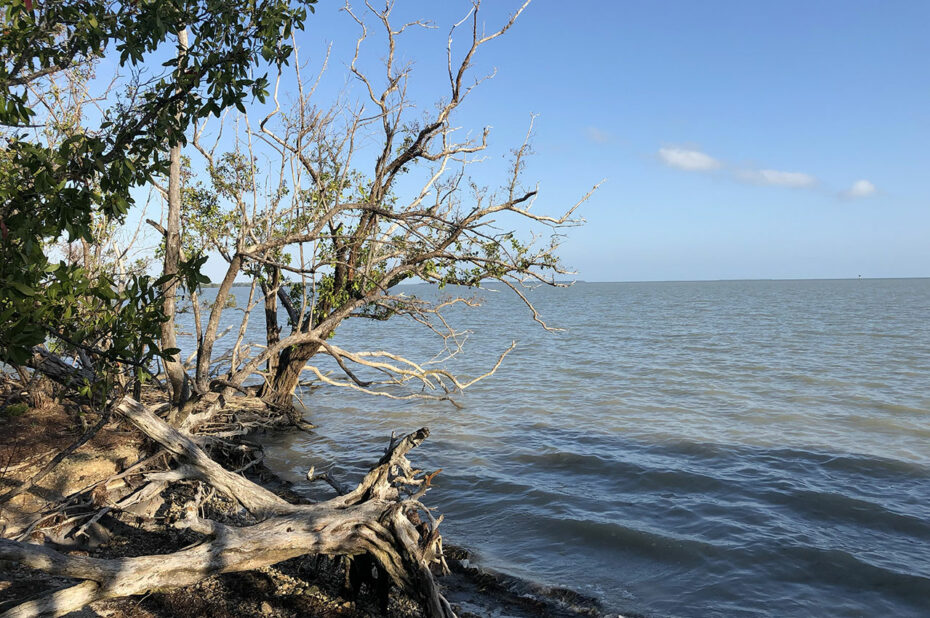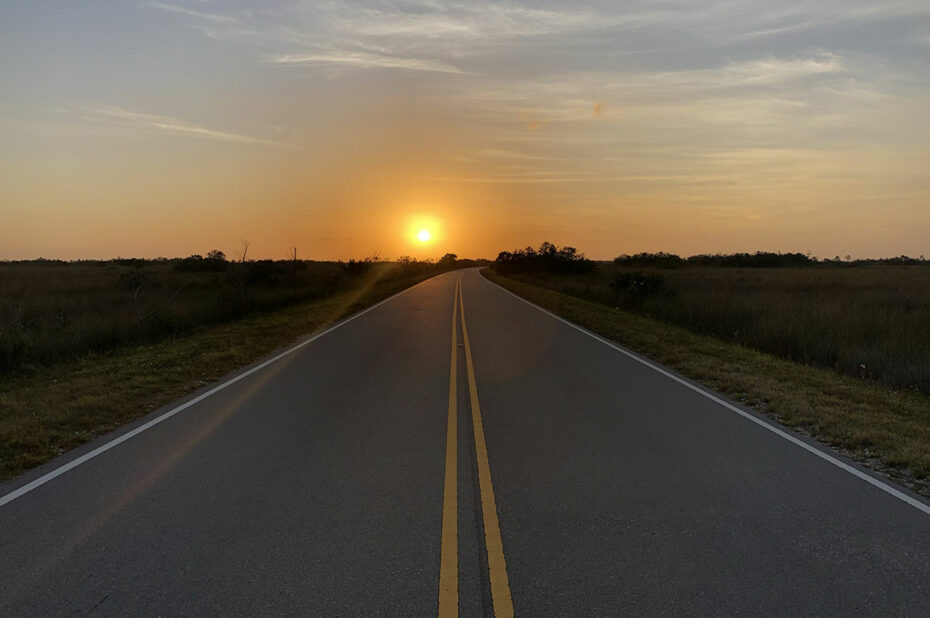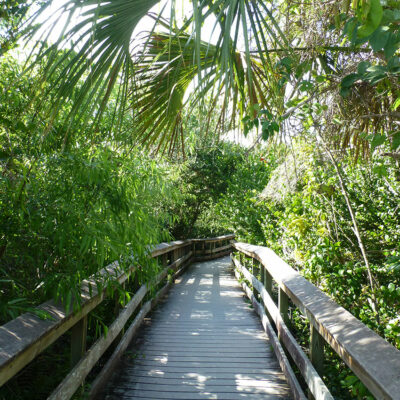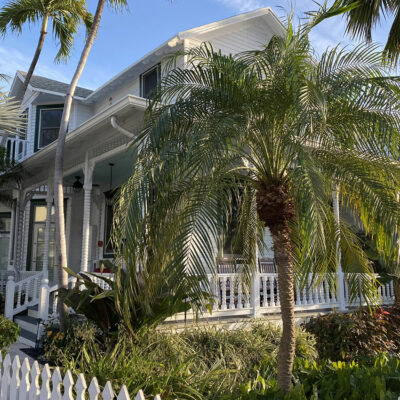
Located at the southern tip of Florida, the Everglades National Park extends over 6,000 km² of subtropical marshes, lush mangroves and flooded grasslands. This immense wetland, nicknamed the “eternal marshes”, is home to an exceptional wealth of flora and fauna, making it unique in the world. Designated a UNESCO World Heritage Site, the park is home to a remarkable diversity of animal species. Among the most emblematic are American alligators and crocodiles, manatees, Florida panthers, bald eagles and a multitude of colorful birds. More than 350 species of birds, 40 species of reptiles and 30 species of mammals call this fragile environment home.
Everglades Park’s flora is just as impressive as its fauna. The park is home to a diversity of plants adapted to its unique, humid environment. The flooded meadows are dominated by the famous sawgrass beds, the cutting plants that form an emblematic landscape of the Everglades. The hardwood hammocks, islands of lush tropical forest in the middle of the marshes, are home to trees such as bald cypress and gombo-limbó. Mangrove areas on the coast provide a vital habitat for many species, with their intricate roots filtering the water. Bromeliads and orchids, colorful and often epiphytic (growing on other plants), add an exotic touch to the lush vegetation. In all, there are over 750 species of native seed plants in the park, including 39 species of orchid.
The Everglades offer a multitude of activities for nature lovers. You can explore hiking or biking trails, canoe or kayak quiet canals, watch birds in their natural habitats, or take an airboat ride, a flat-bottomed boat that glides over aquatic grasses.
Everglades National Park was visited on March 4, 2020.
Click on the picture to enlarge it and discover its caption.
